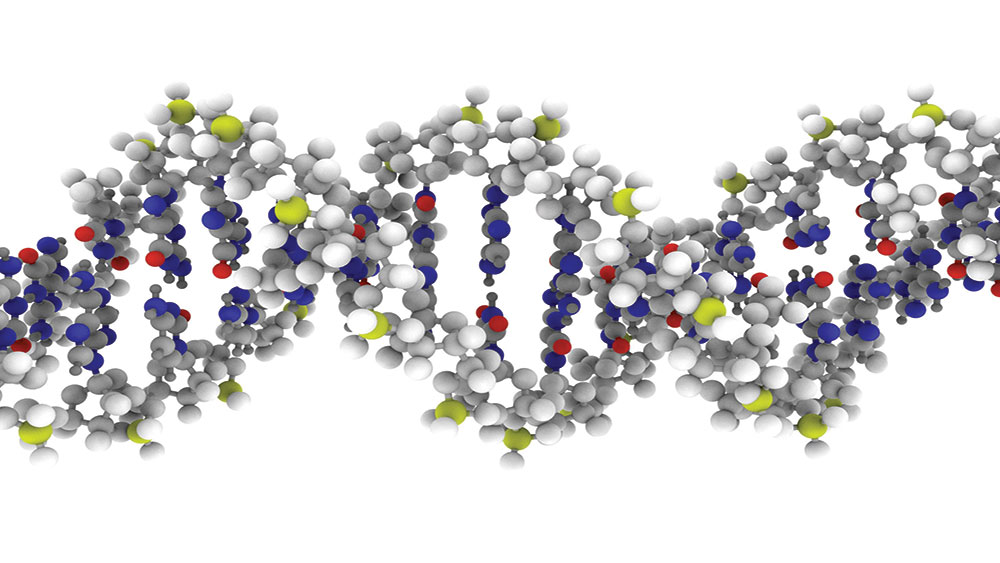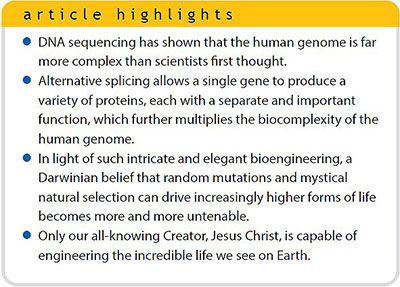
Amazing Defense Systems
Bacteria (prokaryotes) are ubiquitous. A fraction cause disease in people, animals, and plants, but the majority are the foundation for the global food web, the nitrogen cycle, soil formation, and are part of the critical microbiome (the collection of microorganisms living in or on people and animals).1

The Incredible Canine Sniffer
As any dog owner will tell you, the smelling ability of Rover is incredible.1 Surprisingly, however, “little is known about the structure of their olfactory [smelling] system.”2 And what scientists do know about the anatomy and biochemistry of olfaction points clearly to creation.3

Resurrecting "Ancient" Enzymes?
The most abundant protein on Earth is probably an enzyme (biological catalyst) called RuBisCO (or Rubisco) designed by the Creator to function in photosynthesis.1 Specifically, Rubisco combines carbon dioxide (CO2) with a 5-carbon sugar called RuBP. This is the first major step in carbon fixation that results in glucose (sugar) and other compounds.





